Lighting plays a crucial role in the safety and aesthetic appeal of our streets. One of the primary factors that determine the effectiveness of street lighting is the brightness level, which is measured in lumens. So, how many lumens do you need for a street light? Let's find out.
What Are Lumens and Why Are They Important?
Lumens are the unit of measurement for brightness in light. Essentially, the higher the lumen count, the brighter the light.
Lumens vs. Watts
For years, we used watts to choose our lights, but watts only measure power consumption, not brightness. Lumens, on the other hand, give us an accurate indication of how bright a light will be.
The Significance of Lumens in Lighting
Lumens directly impact visibility. In the context of street lights, they affect how clearly motorists can see the road and pedestrians can navigate the sidewalks.
What is an LED Street Light?
An LED (Light Emitting Diode) street light is a type of light fixture that uses LEDs as its light source. They're known for their high efficiency and long lifespan.
Advantages of LED Street Lights
LED street lights are energy efficient, environmentally friendly, and have a significantly longer life span compared to traditional lighting solutions. They also provide excellent lumen output, which makes them ideal for street lighting.
The Role of Lumens in LED Street Lights
The lumen output of LED street lights is what makes them superior. They provide bright, clear light, enhancing visibility on the roads while consuming less energy.
How Many Lumens Do You Need For a Street Light?
The appropriate lumen count for street lighting can vary depending on several factors.
Factors to Consider
Factors such as the type of road, speed limit, and the presence of pedestrians can all affect the required lumen count. In general, areas with high pedestrian or vehicular traffic may require brighter lights.
General Guideline for Lumens in Street Lighting
Although there's no universal standard, for minor roads and lanes, 2500-3000 lumens are typically sufficient. For busier roads and highways, 10,000-15,000 lumens might be necessary to ensure safety.
Importance of Right Lumen Count in Street Lighting
The correct lumen count in street lighting is vital for various reasons.
Safety Concerns
Adequate lighting prevents accidents by illuminating potential hazards. Proper lumen output is necessary for drivers to spot obstacles and pedestrians in time.
Energy Efficiency
Selecting the right lumen count can result in significant energy savings. LED lights with high lumen efficacy use less energy to emit the same amount of light as other sources.
LED Street Lights vs. Traditional Street Lights
When compared to traditional street lights, LED lights come out on top in terms of lumen efficiency and durability.
Lumen Efficiency
LEDs produce more lumens per watt, meaning they're more efficient. This high lumen efficiency results in brighter lighting with lower energy consumption.
Lifespan and Durability
LED lights have an impressive lifespan, often lasting up to 50,000 hours or more. They're also more resistant to damage, reducing the need for replacements.
Conclusion
In conclusion, while the exact number of lumens required for a street light depends on various factors, LED street lights, with their superior lumen output and energy efficiency, provide the ideal solution for most urban and rural areas.
FAQs
Q. What is a lumen?
A. A lumen is a unit of measurement for light output or brightness.
Q. How many lumens does a street light need?
A. It varies, but generally, minor roads need 2500-3000 lumens and busier roads require 10,000-15,000 lumens.
Q. What's the advantage of LED street lights?
A. LED street lights are energy-efficient, durable, and have high lumen output, providing bright and clear lighting.
Q. How do lumens affect energy efficiency?
A. Lights with high lumen efficiency (more light produced per watt) are more energy-efficient.
A. Yes, appropriate lumen output can improve visibility, enhancing safety for both motorists and pedestrians.




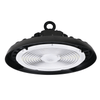
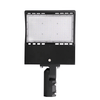
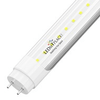



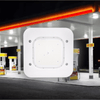
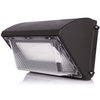
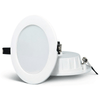



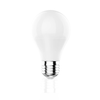




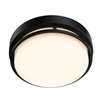

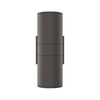
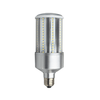











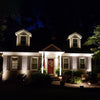
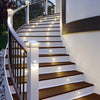


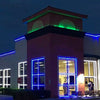





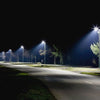
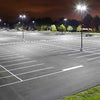




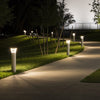

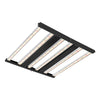





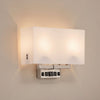



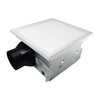

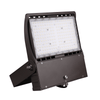





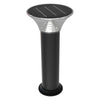
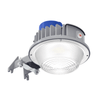









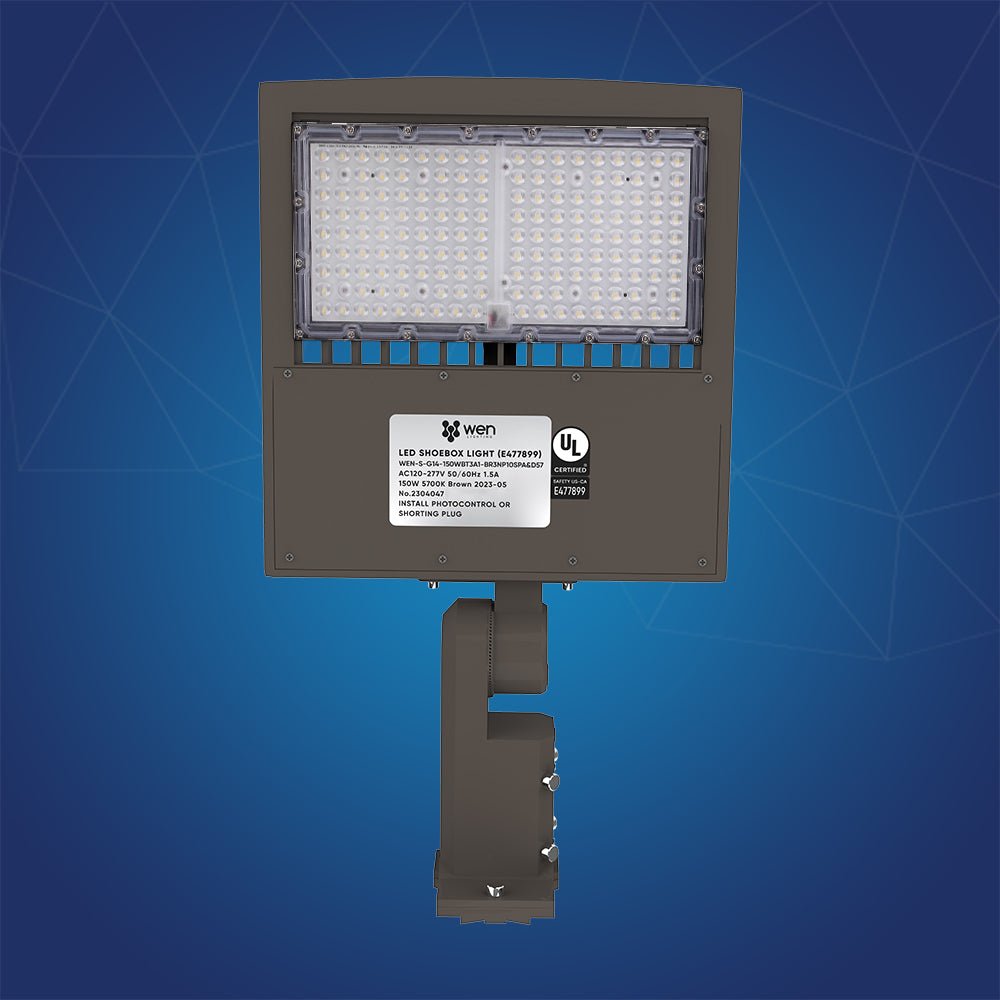
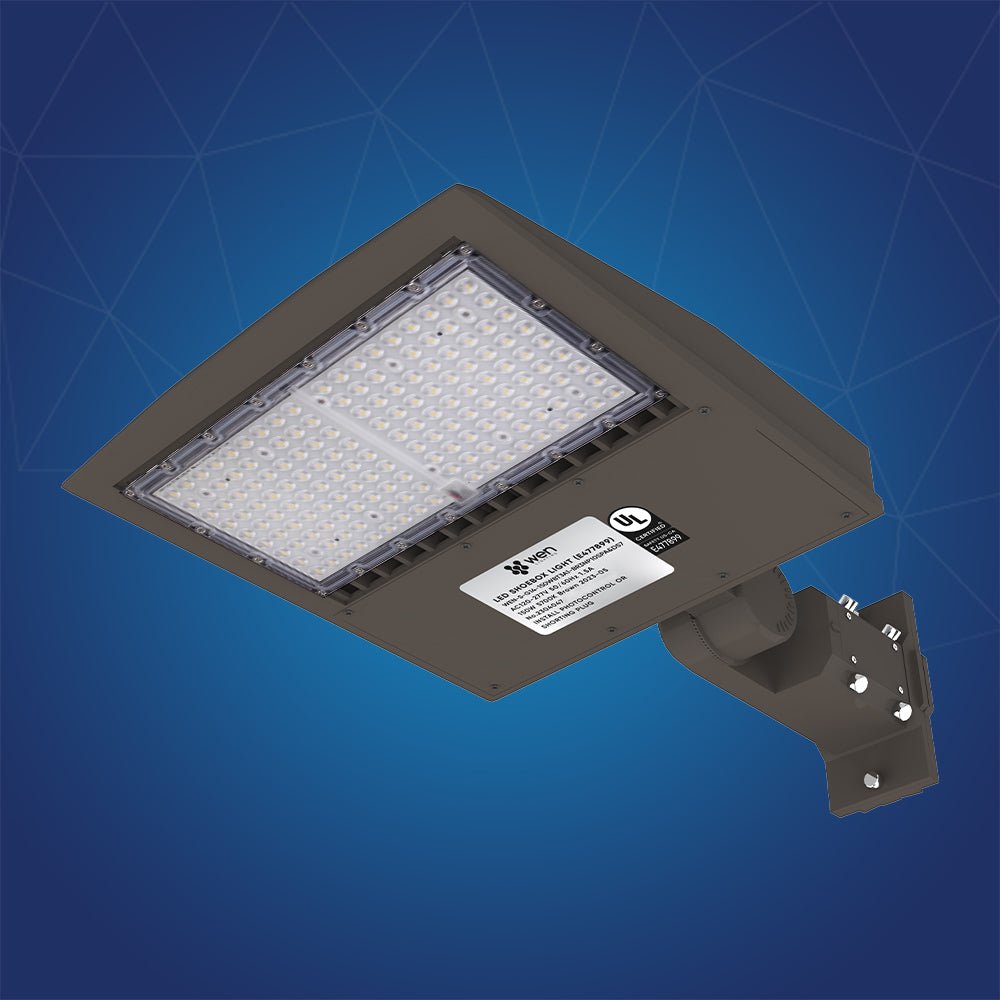
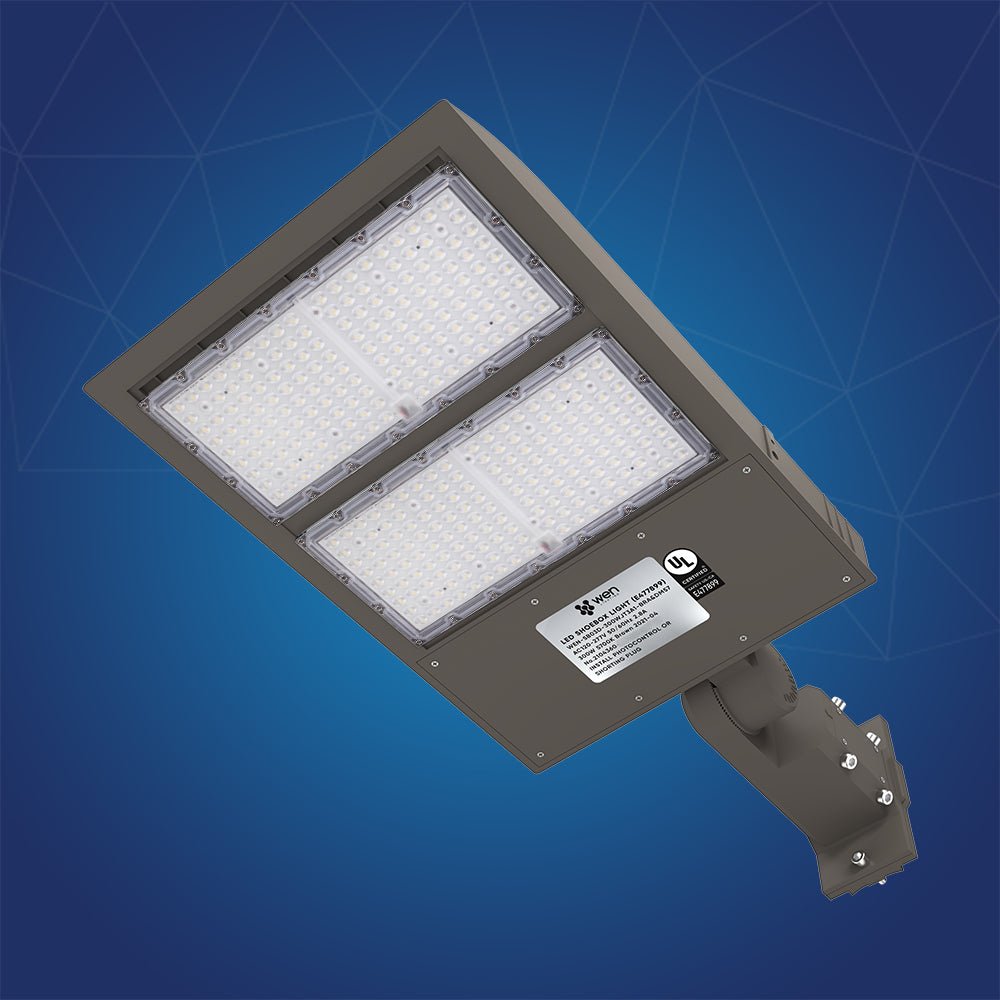
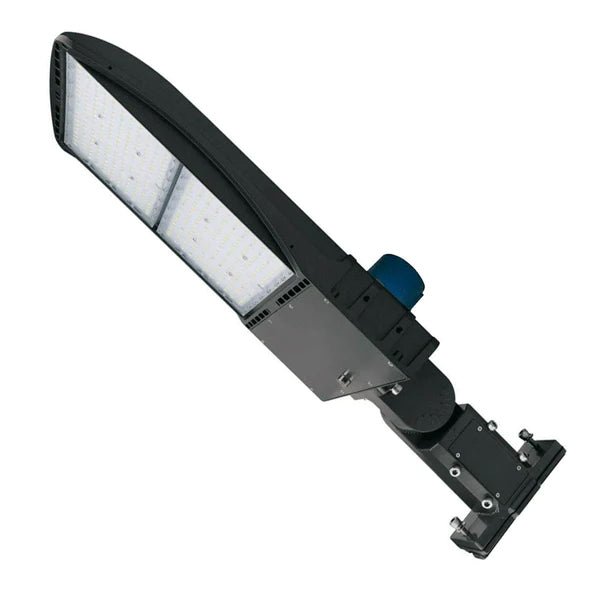
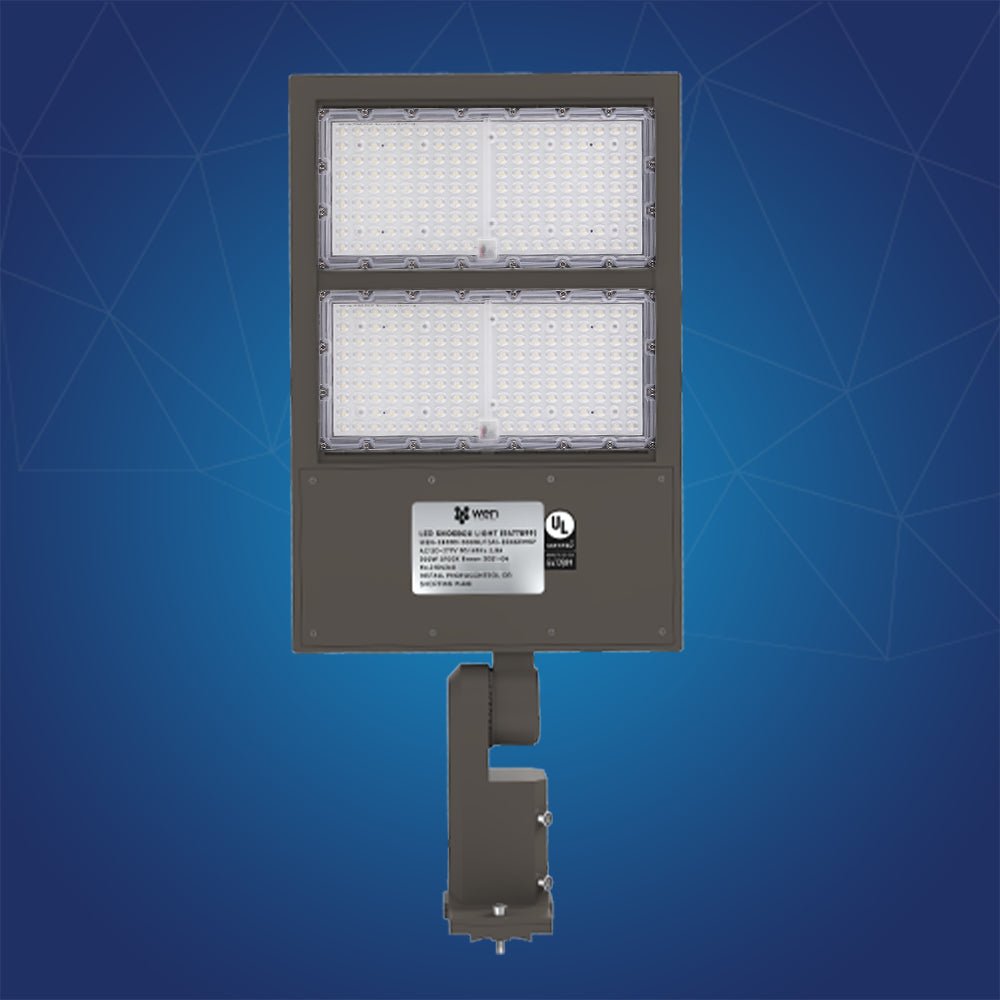
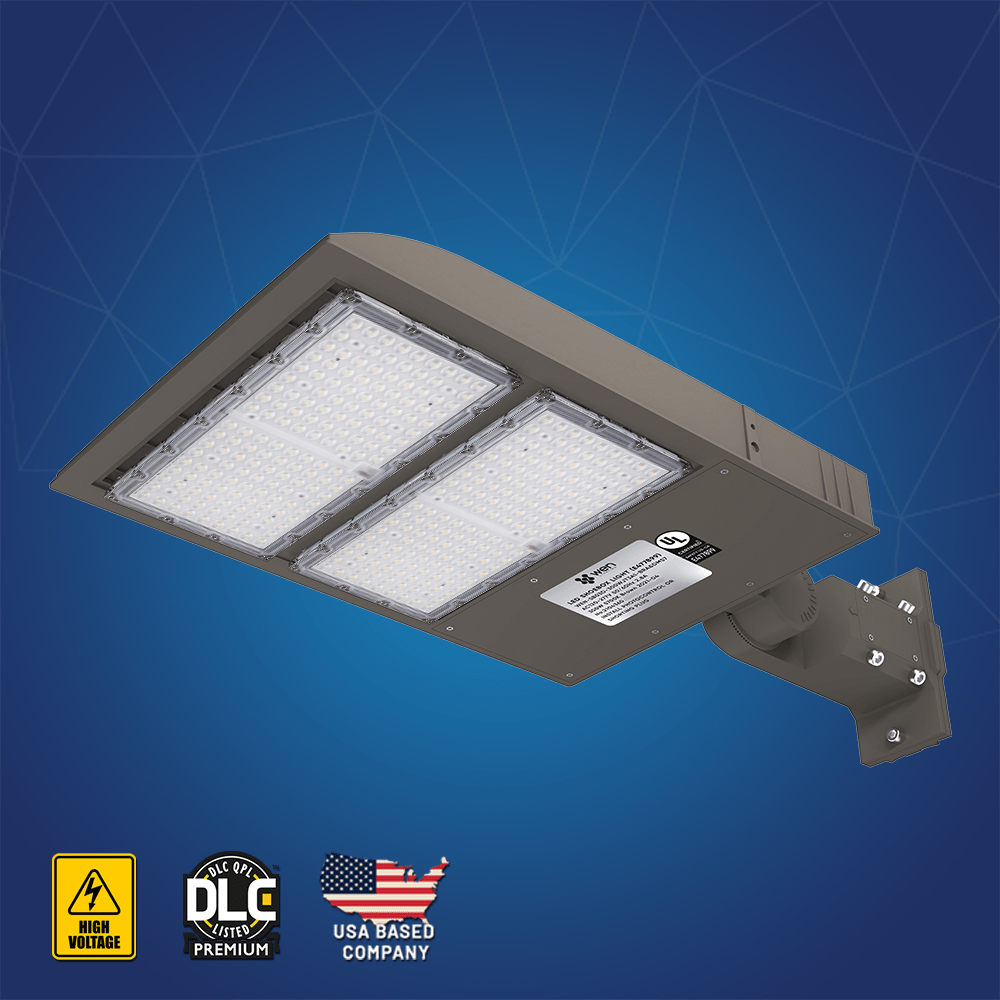
1 comment
Your discussion lacks a very important point: how the people who live near the LED streetlight can tolerate the blinding glare of the light. A new one near me prevents my ability to even look at our light view and incoming airplanes as well as the stars and moon from the yard. The intense light sneaks into my bedroom past the vertical blind slats, disturbing our sleep. I took pictures of the recent Hunter “supermoon” to show that the streetlight was even brighter than that moon.
You do mention how pedestrian traffic and vehicle traffic need light. Shamrock is a one-block long almost unused neighborhood street. It is not in a dangerous area. There is NO reason to ruin the house we have lived in for 38 years! The people making decisions about streetlights need better information. Thank you!